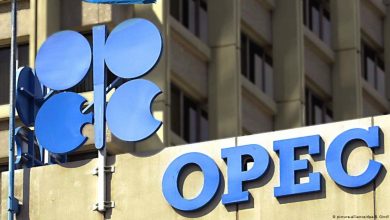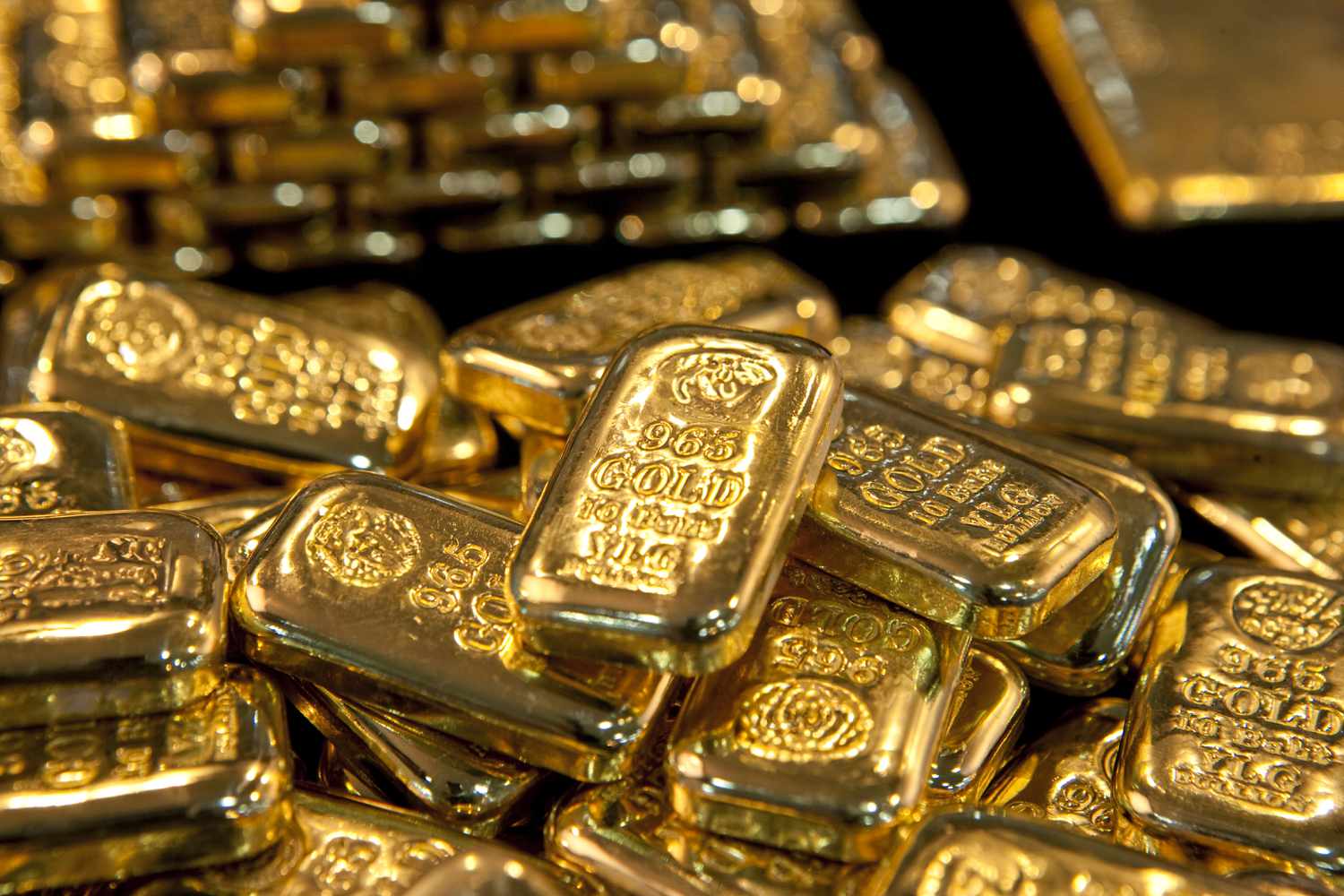Gold Price Continues Rising Amid Economic Tensions

By Antonio Di Giacomo
Last week, gold prices reached a new all-time high, surpassing $2,940 per ounce on February 10, 2025. This surge has been primarily driven by rising trade tensions following the possible imposition of tariffs by the United States. However, analysts warn that this rally may not be sustainable in the long term.
Unlike previous cycles, gold has demonstrated strength even without the traditional support of a weak dollar and declining U.S. Treasury yields. Economic uncertainty has been the main driver of its price increase this time. Growing concerns over a potential trade war have led investors to seek refuge in this precious metal, considered a safe-haven asset during economic and geopolitical crises.
Another significant factor behind this price surge has been the strategy of central banks, particularly those looking to reduce their exposure to potential U.S. sanctions. In recent years, several countries have diversified their international reserves to rely less on the dollar, leading to increased gold purchases worldwide.
China has played a key role in this growing demand. Not only has its central bank increased its gold reserves, but private Chinese investors have also intensified their acquisition of the precious metal as a hedge against yuan depreciation and global economic uncertainties. This strong demand has helped keep prices at elevated levels.
However, there are signs that the market may experience a short-term correction. The large U.S. budget deficit could generate inflationary pressures, prompting the Federal Reserve to maintain or raise interest rates. Investors may shift part of their capital toward these instruments if Treasury yields rise, reducing gold demand.
Market analysts project that after this sharp rally, gold could retreat to around $2,790 per ounce as the impact of current factors begins to fade. Nonetheless, the precious metal will remain a key asset in investment portfolios, especially during economic and geopolitical uncertainty periods.
In conclusion, gold’s recent record high reflects increasing market fears over potential trade and political conflicts. While current factors have driven its value up, the sustainability of this level will depend on the evolution of the global economy and the monetary policies of major economies. For now, investors will continue closely monitoring future movements in the gold market.
Giacomo is Senior Market Analyst at XS.com






